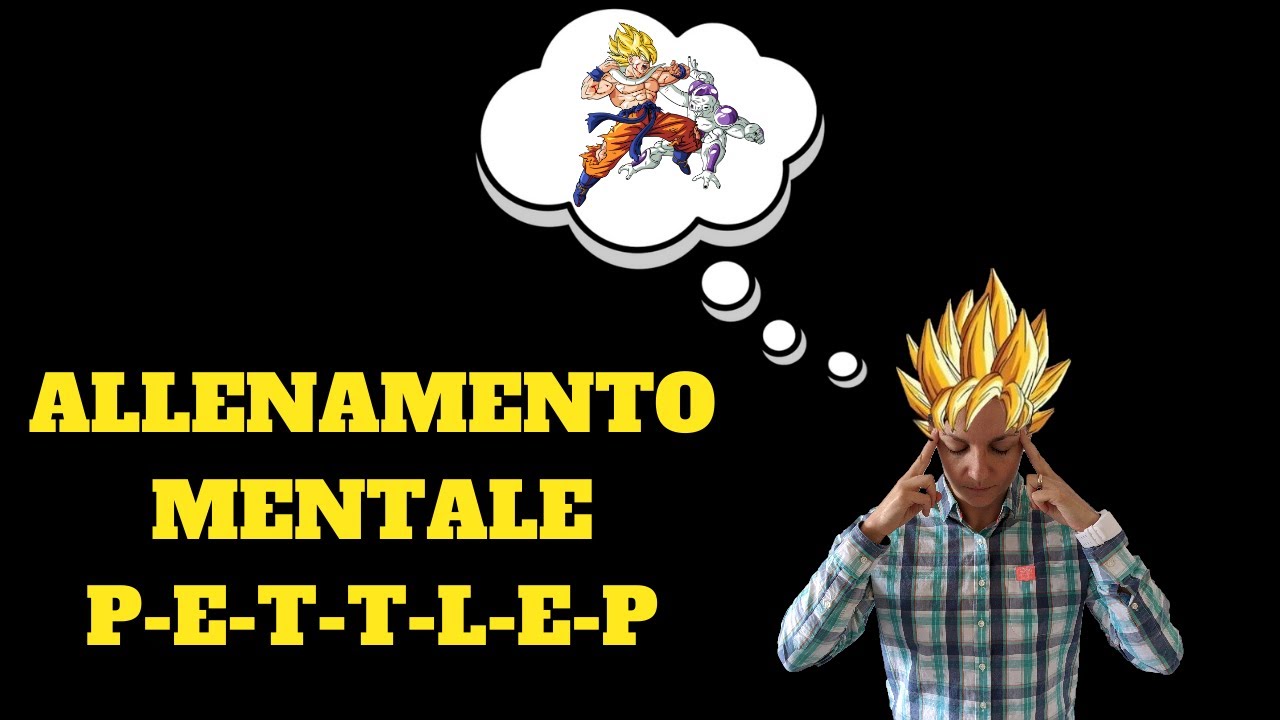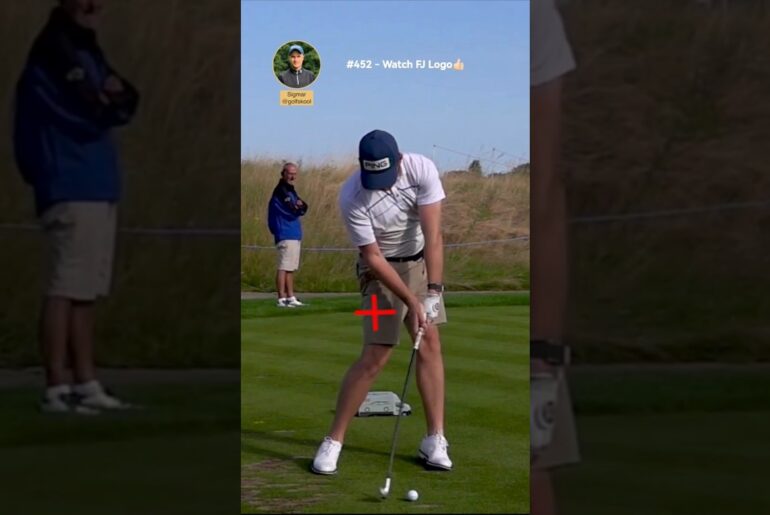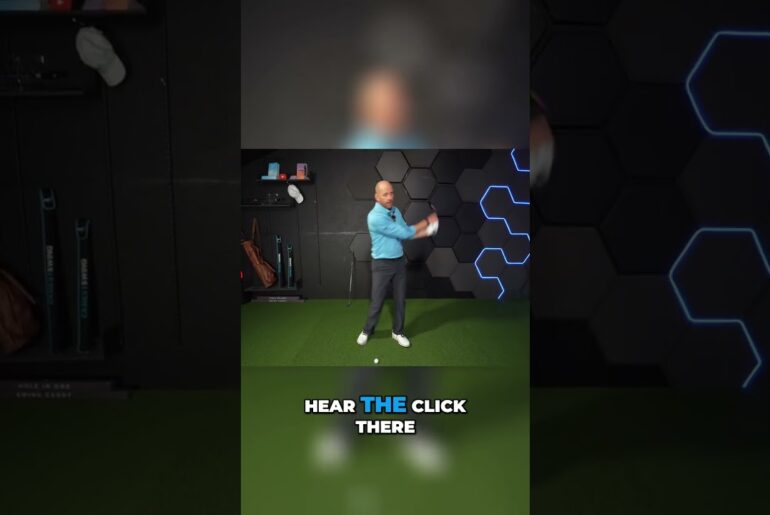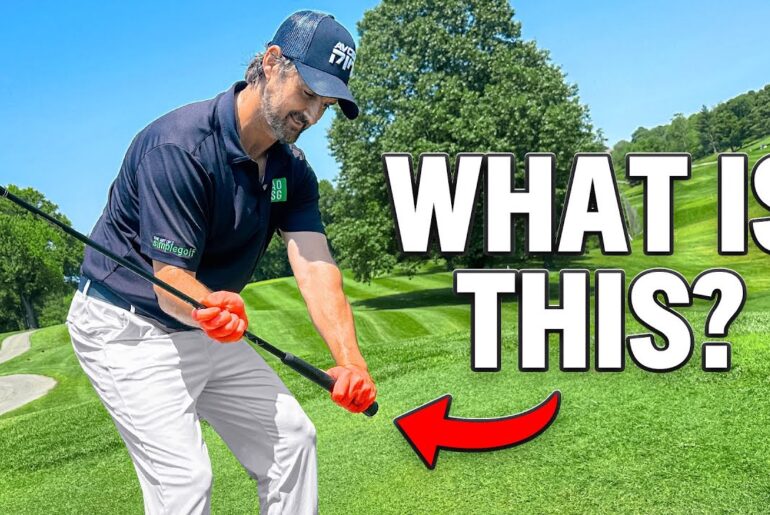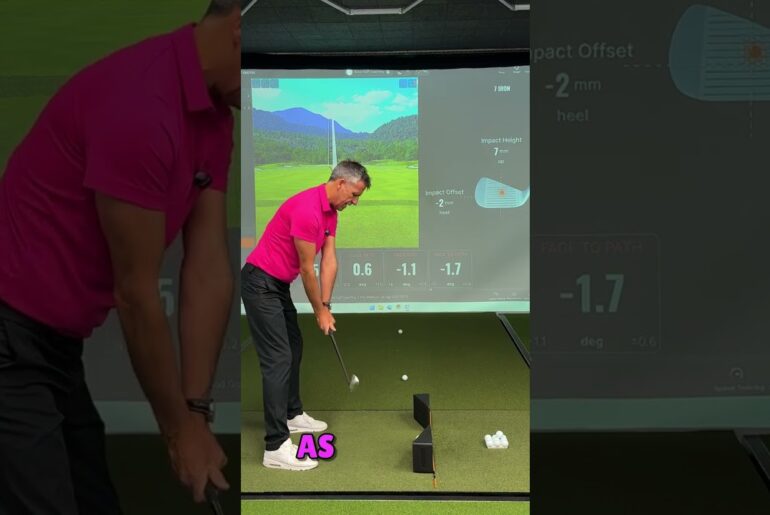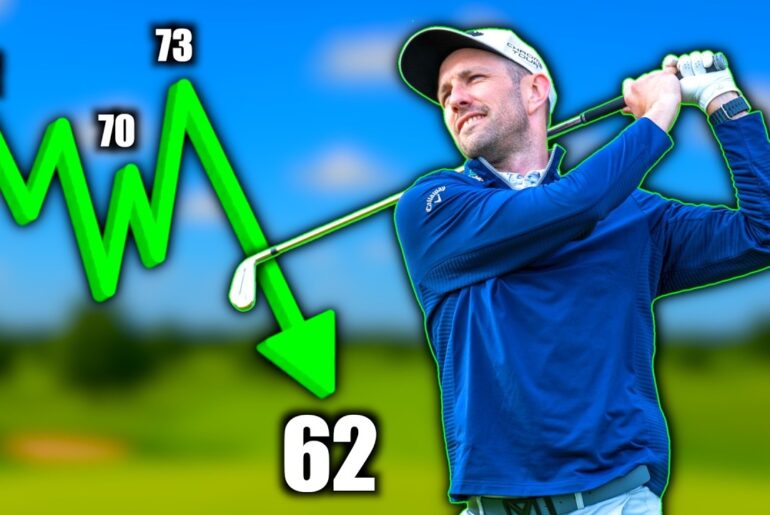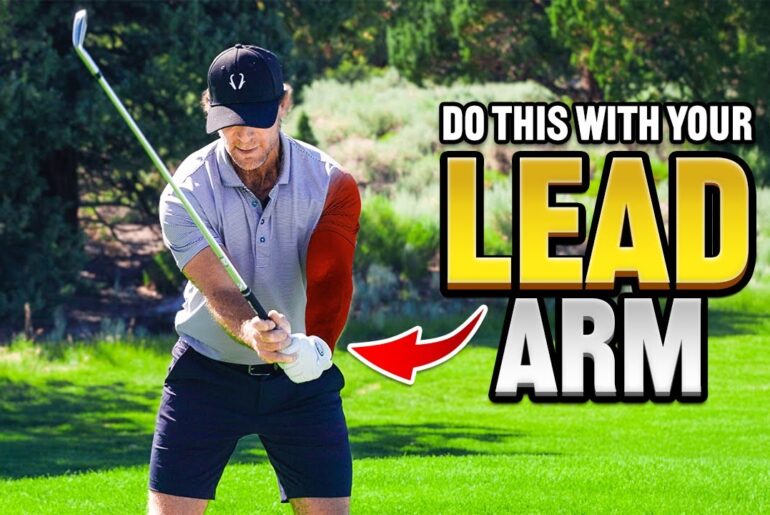Allenamento Mentale (Visualizzazione) nello sport: vediamo cos’è il modello PETTLEP e come viene applicato in ambito sportivo per allenare la mente tramite l’utilizzo di immagini.
🎥 Link alle sezioni del video:
00:55 Visualizzazione
01:40 Modello PETTLEP
02:34 P
03:21 E
03:45 T
04:07 T
04:34 L
05:06 E
05:54 P
06:43 Dubbi sul modello
07:29 Modello integrativo
✅ Iscriviti al mio canale YouTube:
Vieni a trovarmi su:
Facebook:
Instagram:
LinkedIn:
📨 Se vuoi richiedere un argomento specifico da trattare in uno dei miei video, se hai domande o vuoi solo farmi un saluto, contattami:
valentina.colombo11x [at] gmail.com
🔬 Studi:
Bandura, A. (1977) ‘Self-efficacy: toward a unifying mechanism of behavioral change.’
Bandura, A. (ed.) (1997) Self-efficacy: the exercise of control.
Carroll, D. et al. (1982) ‘Psychophysiological changes accompanying different types of arousing and relaxing imagery.’
Collins, D. J. et al. (1997) ‘Competition stress effects on kinematics and performance level in elite javelin throwers.’
Cumming, J. e Ramsey, R. (2009) ‘Imagery interventions in sport.’
Cuthbert, B. N. et al. (1991) ‘Imagery: function and physiology.’
Decetey, J. e Jeannerod, M. (1996) ‘Mentally simulated movements in virtual reality: does Fitt’s law hold in virtual reality?’
Driskell, J. E. et al. (1994) ‘Does mental practice improve performance?’
Feltz, D. L. e landers, D. M. (1983) ‘The effects of mental practice on motor skill learning and performance: a meta analysis.’
Finke, R. A. (1979) ‘The functional equivalence of mental images and errors of movement.’
Gould, D. e Damarjian, N. (1996) ‘Imagery training for peak performance.’
Guillot, A. e Collet, C. (2008) ‘Construction of the Motor Imagery Integrative Model in Sport: a review and theoretical investigation of motor imagery use.’
Hanton. S. e Jones, G. (1999) ‘The acquisition and development of cognitive skills and strategies: I. Making the butterflies fly in formation.’
Hanton, S. et al. (2004) ‘Self-confidence and anxiety interpretation: a qualitative investigation.’
Hardy, L e Callow, N. (1999) ‘Efficacy of external and internal visual imagery perspectives for enhancement of performance on tasks in which form is important.’
Hecker, J. E. e Kaczor, L. M. (1988) ‘Application of imagery theory to sport psychology: some preliminary findings.’
Holmes, P. S. and Collins, D. J. (2001) ‘The PETTLEP approach to motor imagery: a functional equivalence model for sport psychologists.’
Holmes, P. S. e Collins, D. J. (2002) ‘Functional equivalence solutions for problems with motor imagery.’
Jeannerod, M. (1994) ‘The representing brain: neural correlates of motor intention and imagery.’
Jeannerod, M. (1995) ‘Mental imagery in the motor context.’
Lang, P. J. (1985) ‘The cognitive psychophysiology of emotion: fear and anxiety.’
Mayer, J. et al. (2005) ‘Mental gait training – effectiveness of a therapy method in the rehabilitation after hip-replacement.’
McCarthy, M. et al.(2002) ‘The role of imagery in the rehabilitation of neglect in severely disabled brain injured adults.’
McIntyre, T. E. et al. (2013) ‘An emerging paradigm: a strength-based approach to exploring mental imagery.’
Pascual-Leone, A. et al. (1996) ‘Modulation of motor responses evoked by transcranial magnetic stimulation during the acquisition of new fine motor skills.
Perry, C. e Morris, T. (1995) ‘Mental imagery in sport.’
Ramsey, R. et al. (2008) ‘Exploring a modified conceptualisation of imagery direction and golf putting performance.’
Ramsey, R. et al. (2010) ‘Examining the emotion aspect of PETTLEP-based imagery with penalty taking in soccer.’
Richardson, A. (1969). Mental imagery.
Rupini, R. V. e Nandagopal, R. (2015) ‘A study on the influence of senses and the effectiveness of sensory branding.’
Smith, D. et al. (1998) ‘Mental practice, motor performance and the late CNV.’
Smith, D. e Holmes, P. (2004) ‘The effect of imagery modality on golf putting performance.’
Smith, D. et al. (2007) ‘It’s all in the mind: PETTLEP-based imagery and sports performance.’
Wakefield, C. J. e Smith, D. (2009) ‘Impact of differing frequencies of PETTLEP imagery on netball shooting performance.’
Wakefield, C. et al. (2013) ‘Functional equivalence or behavioural matching? A critical reflection on 15 years of research using the PETTLEP model of motor imagery.’
Weinberg, R. S. e Gould, D. (1995) Foundations of sport and exercise psychology.
Whetstone, T. S. (1995) ‘Enhancing psychomotor skill development through the use of mental practice.’
Wright, C. et al. (2008) ‘Effect of PETTLEP imagery training on performance of nursing skills: a pilot study.’
Wright, C. J. e Smith, D. (2009) ‘The effect of PETTLEP imagery on strength performance.’
#allenamento #visualizzazione #immagini #sport #atleta #mentalcoach #performance #psicologia

